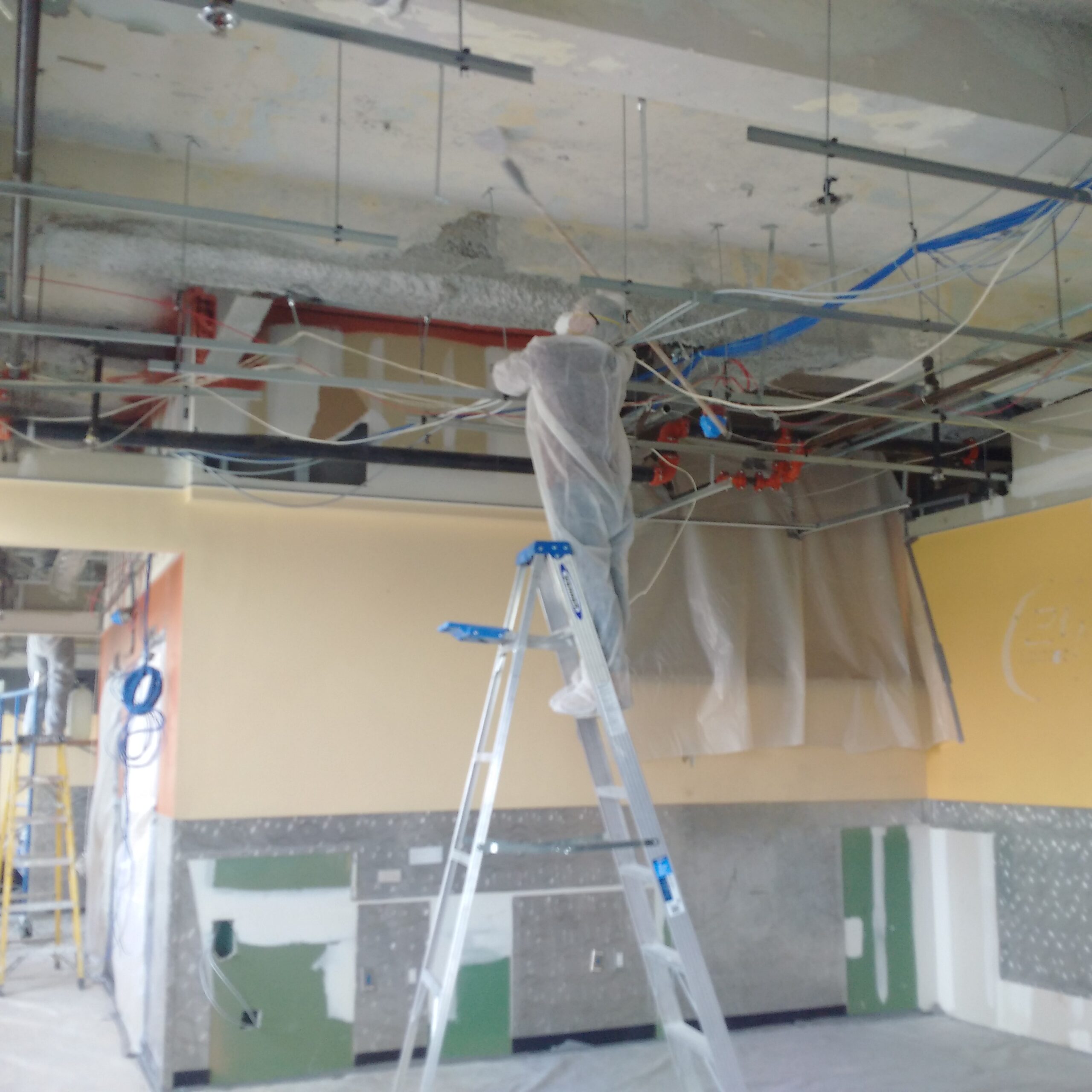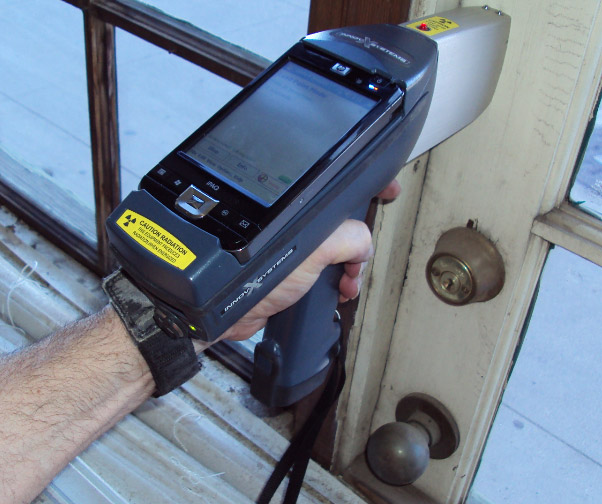Expert Lead Paint Removal Company-- Offering All NYC Boroughs
Expert Lead Paint Removal Company-- Offering All NYC Boroughs
Blog Article
Comprehensive Overview on Effective Lead Infraction Elimination Techniques
In the world of ecological security, resolving lead violations demands a thorough and structured approach. This extensive overview starts by highlighting the crucial preliminary actions of identifying lead risks with innovative analysis and testing methods. Methods such as XRF evaluation and dust clean tasting are indispensable in determining contamination sources. The overview clarifies on the significance of sticking to rigorous security protocols throughout the elimination process, consisting of the use of correct PPE and separating impacted areas. The subsequent areas assure to talk about post-removal verification and preventive approaches, making sure long-lasting safety and security and compliance. Discover the intricate details that make these methods not just reliable but essential.
Recognizing Lead Threats
Determining lead threats is an important first action in reducing the risks linked with lead direct exposure. Lead, a harmful steel, can be present in different environmental tools, consisting of paint, dirt, water, and dust.
The preliminary stage in recognizing lead risks involves comprehending usual lead sources within the constructed atmosphere. Frameworks built before 1978 are specifically at risk as a result of the widespread use of lead-based paint throughout that period. Furthermore, dirt contamination can occur from wearing away outside paint, commercial exhausts, or historic use leaded gas.
An additional considerable resource is lead piping and plumbing fixtures, which can seep introduce drinking water. Customer goods such as playthings, ceramics, and imported items may likewise have damaging lead levels. Notably, work environments and hobbies including lead can track impurities right into homes.
Evaluation and Testing
When resolving lead risks, reliable analysis and screening are paramount. This essential step makes sure the identification and quantification of lead existence, thus leading succeeding removal efforts. First analysis usually involves a visual inspection to determine possible lead resources, such as weakening paint or polluted dust. This is complemented by even more extensive screening approaches to determine the level of contamination.

Dust clean sampling is an additional crucial technique, particularly in domestic settings. By accumulating examples from floorings, windowsills, and other surface areas, this method supplies understandings into possible direct exposure risks. Soil testing around structure borders is essential to identify lead contamination that could pose threats, particularly to youngsters.
Safe Removal Procedures
Upon completing complete analysis and testing, executing risk-free removal treatments is the following important phase in addressing lead threats. This process makes certain that lead-contaminated materials are properly and securely eradicated, lessening risk to both employees and homeowners. The primary step entails separating the damaged location using plastic bed linen and appropriate sealing techniques to avoid the spread of lead dirt.
Employees need to don suitable individual protective tools (PPE), consisting of respirators, handwear covers, and non reusable coveralls, this hyperlink to mitigate direct exposure. Using specialized tools and wet methods, such as damp fining sand or making use of HEPA-filtered vacuum cleaners, minimizes the diffusion of lead bits. It is essential to prevent completely dry fining sand or unpleasant blowing up, as these approaches can create damaging lead dust.
Waste disposal is another vital part; all contaminated materials have to be firmly gotten and identified according to EPA and local guidelines. Additionally, comprehensive cleaning of the workplace with HEPA vacuum cleaners and damp wiping makes certain the elimination of recurring lead bits.
Post-Removal Verification

Confirmation of successful lead elimination, known as post-removal confirmation, is necessary to guarantee the safety and habitability of the remediated area. This process includes a collection of meticulous assessments and examinations designed to find any kind of recurring lead particles that may present health dangers. The first step usually consists of an aesthetic evaluation to assess the completion and quality of the remediation job. This assessment ensures that all well-known sources of lead have actually been look at these guys dealt with which no visible signs of contamination stay.
Following the visual evaluation, ecological sampling is conducted. This includes collecting dirt, soil, and sometimes water examples from the remediated location. Approved research laboratories evaluate these samples to measure lead degrees, ensuring they drop below the safety and security limits developed by governing bodies such as the Epa (EPA)
In enhancement, air quality screening might be done to spot airborne lead fragments, particularly in instances where substantial lead-based paint elimination or renovation has taken place. The outcomes of these examinations offer quantitative data validating that the lead degrees are within permissible limits.
Inevitably, post-removal confirmation acts as a crucial checkpoint, verifying the effectiveness of the lead reduction efforts and guarding the health and wellness of passengers and visitors.
Safety Nets and Maintenance

An essential preventive measure consists of view website the use of lead-safe certified professionals for any type of renovation, repair service, or paint tasks. These specialists are educated in practices that decrease lead dirt and particles. Furthermore, keeping coloured surfaces to stay clear of cracking or peeling is vital, as weakening paint can release lead particles into the setting.
Educational campaigns targeting property proprietors and occupants regarding the dangers of lead and the value of reporting any kind of prospective threats can better improve precautionary efforts. Regular cleaning making use of HEPA vacuums and damp wiping methods can considerably reduce lead dirt accumulation.
Conclusion
In summary, reliable lead infraction elimination requires a precise method incorporating extensive evaluation, precise testing, and rigid elimination procedures. Ensuring safety with appropriate seclusion and individual protective equipment stays extremely important. Post-removal verification via environmental sampling and air high quality testing substantiates conformity with well-known safety criteria. Continuous evaluations and upkeep are necessary to alleviate future lead threats, consequently protecting public wellness and guaranteeing continual compliance with regulative demands.
Report this page